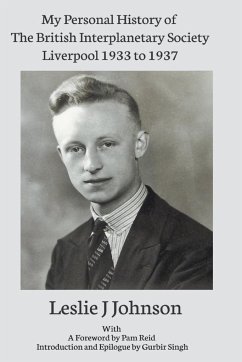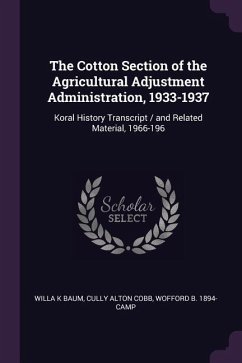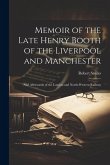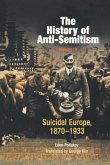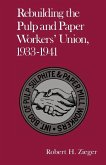This is the story of the founding of the British Interplanetary Society in Liverpool in 1933 before it moved to London in 1937. It is the personal meticulous recollection of Leslie J Johnson, who was the BIS's first Hon. Secretary, but later its treasurer, editor of the bulletin and the journal and a vice president. Published for the first time, I wrote this manuscript using a rich source material comprising thousands of handwritten letters. As the hon. secretary he was the first contact for many now-familiar names including a teenage Arthur C Clarke in 1933, and Dr W Olaf Stapledon a professor at Liverpool University, writers Eric Frank Russell, Walter H Gillings, Edward John Carnell, Stephen Smith, a rocket mail experimenter in India and Herr Willy Ley, a rocket engineer from Germany. Many who joined the BIS had an interest in reading and writing science fiction, including Johnson himself. One of his earliest stories, "Satellites of Death" was published in 1938, two decades before the launch of Sputnik. The first passenger railway, military submarine and programmable computer emerged for the very first time in the northwest of England. It was from this generation that gifted and visionary individuals came in pursuit of the idea and ideals of interplanetary space travel. Similar societies were founded around the world at about the same time, but only the BIS continues to the present day contributing to British space policy and innovative ideas for spaceflight for communication satellites, human spaceflight and interstellar travel. As the BIS approaches its 90th year, it can celebrate some momentous achievements, including being a founding member in 1950 of the International Astronautical Federation that is now seen as the global premier body that binds the international space community with annual conferences in major cities around the world. Leslie Johnson wrote this manuscript between 1974 and 1979. It records the BIS story during the Liverpool years. It includes his reflections on a dream realised - the landing on the Moon of Apollo 11 in July 1969.

